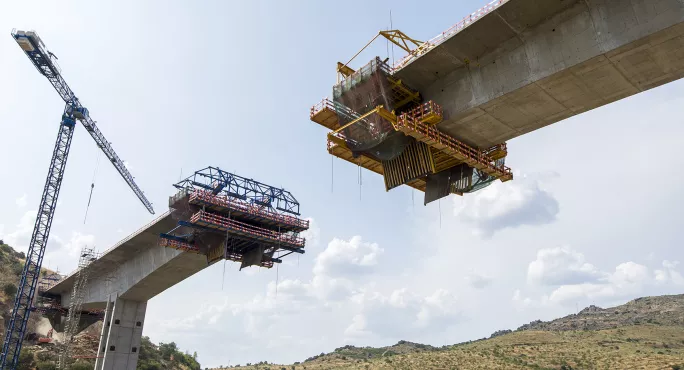How ‘transition teachers’ can bridge the divide

Since late 2021 City of Edinburgh Council has recruited 23 new transition teachers, but that role is now under threat from proposed budget cuts. At the moment, every school across the city has a transition teacher working to improve the curricular dimension of primary-secondary transition.
These permanent teaching posts were created to enhance the city’s approach to closing the poverty-related attainment gap. As a graduate of another unique programme - the University of Edinburgh MSc in transformative learning and teaching - I am qualified to teach the “broad general education” (P1-S3) of Curriculum for Excellence across the primary-secondary transition.
Improving writing was collectively agreed upon as the priority for my work. Not all transition teachers have the same priorities, but this is a definite positive because it means that we can be responsive to the needs of our different learning communities and contexts. I have been leading and supporting the teaching and learning of writing in eight P7 classes across the four primary schools.
- Long read: Supporting the secondary school leap of faith with “transition teachers”
- Research: Could drama smooth the transition to secondary school?
- Analysis: Are we getting lost in transition?
- Covid impact: How a drone is helping children to move up to “big school”
Initially, my work involved whole-class and team teaching with class teachers, to develop a shared understanding of different pupil needs. More targeted work with these pupils has now started, and my day-to-day work in the primary school consists of a combination of whole-class teaching and focused group work on specific targets for writing.
For example, just last week - see below - I was exploring the concept of irony as a literary device with three P7 classes at Liberton Primary School, using no less of an inspiration than Alanis Morissette.
The rest of my time is spent in the high school, where I liaise with our support-for-learning department, librarian, English department and senior leaders, with a view to improving our overall literacy strategy for transition. Our long-term objective is to create a bridging curriculum for the primary-secondary transition that will eventually encompass all subjects - ultimately helping to transform the way our pupils experience transition to secondary school, which can be very disorientating at present. Research evidence - and this is no surprise to transition teachers -consistently demonstrates an overall dip in attainment after transition.
Supporting transition from primary to secondary school
Relationships are often a core concern for pupils as they move to secondary school: losing friends, making new ones and adjusting from having one teacher for all subjects to a different teacher for every subject. Relationships pose a core challenge for staff as well: how do you ensure that the wealth of knowledge primary teachers have about meeting pupils’ needs is transferred meaningfully to secondary teachers? Getting to know pupils and their learning needs inevitably takes longer in secondary schools.
Since starting my post I have organised weekly transition visits for P7 to the high school. P7 pupils from different schools are meeting each other now, getting to know their peers who will transition with them, starting to build those new friendships. They are also meeting secondary teachers and moving about the school building, getting used to the new environment. One of the most unexpected but really positive outcomes of these visits has been the peer-to-peer mentoring relationships we are building between senior secondary students and P7s. P7 pupils say this is one of the things they appreciate most about their transition visit, while parents say the visits help to ease their child’s anxieties about high school.
An initiative I’ve been piloting is post-transition visits. Our primary teachers have visited the high school to reconnect with their former pupils in S1. Our primary colleagues have really valued these visits, gaining a rich insight into what teaching and learning looks like in the high school. High school teachers will soon reciprocate with visits to our primaries, again building those pupil-teacher relationships early and expanding their professional understanding of primary teaching, learning and pedagogy.
Transition teachers are not supplementary or additional staff. They are a core asset whose presence has an impact on every school in their learning community. Our role is unique - no other member of teaching staff traverses all schools across primary and secondary sectors. Our perspective offers a broader, community-centred view of teaching and learning. We are well placed to identify what works and ensure that good practice is replicated across settings.
Our work is already transforming pupils’ experience of transition and is highly regarded by parents, teachers, senior leaders and young people across the city - and we are just getting started.
Jehan Al-Azzawi is a transition teacher in Edinburgh
You need a Tes subscription to read this article
Subscribe now to read this article and get other subscriber-only content:
- Unlimited access to all Tes magazine content
- Exclusive subscriber-only stories
- Award-winning email newsletters
Already a subscriber? Log in
You need a subscription to read this article
Subscribe now to read this article and get other subscriber-only content, including:
- Unlimited access to all Tes magazine content
- Exclusive subscriber-only stories
- Award-winning email newsletters



